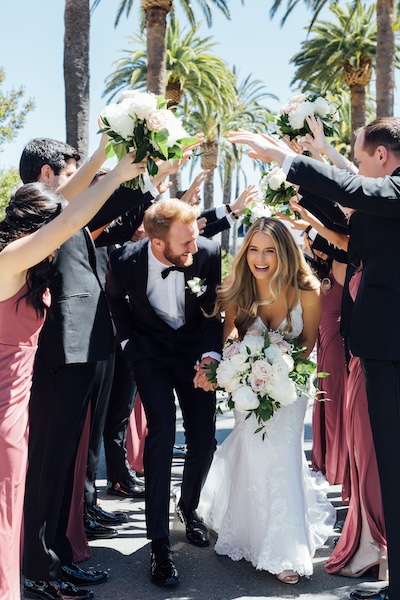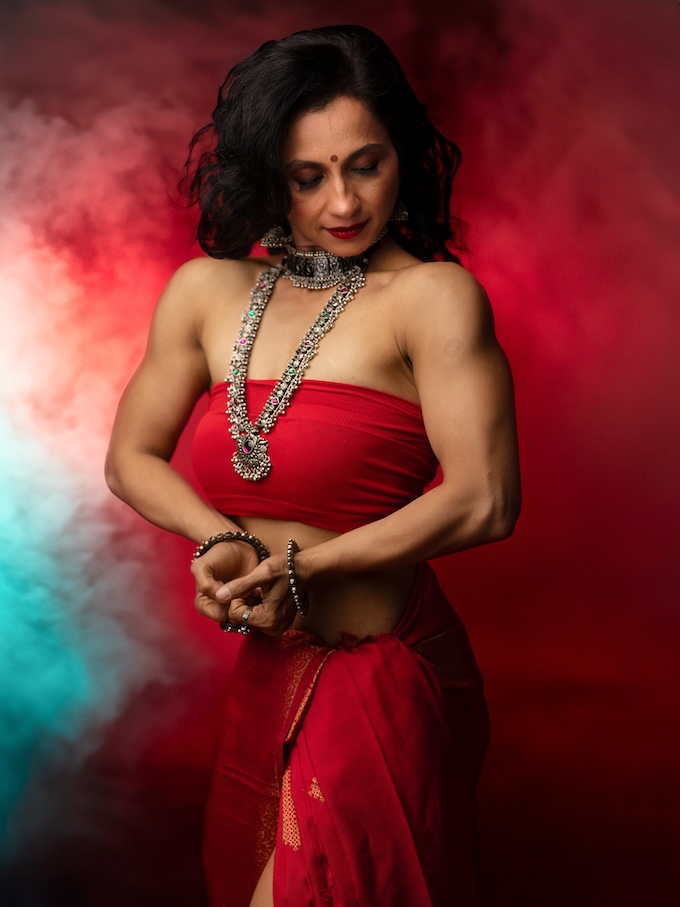Business + Marketing
Some of the biggest challenges photographers deal with on a regular basis are related to legal aspects of running a business. Developing a working understanding of common legal issues for photographers is a powerful tool.
1. THE LEGAL ASPECTS OF BRANDING YOUR BUSINESS
Branding is a huge topic, but its essence is identity. Your business name, logos, slogans and even the style of your website or brick-and-mortar are all protectable assets, valuable because they serve a purpose: They identify you to your customers. But the protectability of your brand markers depends on whether the Trademark Office (the USPTO) decides that your marks are protectable. There are five aspects of branding that are essential to understanding how to develop a strongly protected brand.
[Read: Five Simple Ways To Lock Down and Protect Your Photography]
Any indicia of identity—any trademark, in other words—should be as unique as possible. Words or images that are common, especially if they are common in your industry, are less likely to receive protection. A good example is that phrases like “blowout” or “haircut” are unlikely to receive registration on their own for a business in the beauty industry.
Your trademarks are not protected on a national level until they are registered with the USPTO.
Your registered marks also protect you against other marks that are “confusingly similar.” We can call this the sphere of similarity; names or logos that are close enough to yours that a customer may be confused about who is who can potentially infringe your registered trademark.
Customers and business partners alike need to know how and when they can use your name. For example, can they put your marks on their website to show they worked with you?
Make sure that it is clear at all times that your mark is owned. Failure to do so may lessen the penalties for infringement and lower your bargaining power against any businesses that have stolen or copied your name or logo.
[Read: 6 Lame Copyright Excuses Photographers Should Watch Out For]
2. WHO HAS THE POWER TO SUE YOU?
One of the biggest legal issues for photographers (and all of our clients) is who has the power to sue them. A frustratingly common scenario for a wedding photographer is that the bride and groom sign the contract, but somebody’s parent pays, and then that parent is unhappy with the pictures and wants a refund. Most would assume that because the parent paid for the service, they have the right to sue if they’re unhappy.
Incorrect! Only the party who signs a contract—also known as executing the contract—has the power to sue if they are unhappy. It’s also worth pointing out (although perhaps obvious) that if there is no consideration for a contract (a.k.a. payment), the contract simply doesn’t stick and nobody can enforce it.
[Read: Who Should Sign Your Wedding Photography Contract?]
There are some kinds of legally effective documents that are contract-like but are not contracts and thus do not need consideration to be effective. The most relevant of these for a photographer are licenses. As you likely know, a license is when you give someone permission to use one of your photographs (or any other copyrighted work or trademark). These are often sold for valuable consideration but not always, and you can absolutely grant a license for free and it will stick. In fact, you can even grant a license by accident—by merely telling someone that they can use your photo. It is important to understand the ins and outs of licensure.
3. THE LEGAL REALITIES OF INFRINGEMENT
One of the worst scenarios for a client is when their work is actively infringed by someone who doesn’t have any money. Many clients are (perhaps counterintuitively) thrilled when their work or trademarks are infringed, thinking that a windfall is coming. But the vast, vast majority of infringement cases are not windfalls, and we often have to counsel our clients frankly about the realities of their case.
Do you want to seek damages for the infringement, or just get your infringer to stop? Does your infringer have any money? If you believe your infringer has money hidden away somewhere, how will you get it? Are you willing to attempt to garnish your infringer’s wages, or place a lien on their property? Remember that you have to pay your lawyers for the time they put into these tasks, so the more energy you put into chasing down a real jerk, the less you’re likely to get in the end.
[Read: What Photographers Need to Know About Copyright Law]
4. PUBLISHED VS. UNPUBLISHED PHOTOS
Less relevant to event photographers than content producers (although by no means irrelevant) is the distinction between an unpublished work and a published work. A “published” work, as defined by Section 101 of the Copyright Act, is work whose copies have been distributed to the public. There are some complications to this, but the general idea is that a work is “published” when the author of that work intends to distribute copies to the public.
Thus, a content producer who uploads a video as an advertisement has published that video, whereas a wedding photographer who sends copies of the wedding photos to the bride and groom has not published those pictures because they do not intend to release copies to the public.
[Read: Understanding Copyright’s Technical Distinction Between Published and Unpublished Photos]
The distinction is important because it relates to damages in the event of infringement. Statutory damages (and attorneys’ fees) for copyright infringement can only be accessed if the work was registered with the Copyright Office either before the infringement or within three months of initial publication.
What’s more, even if you didn’t register your copyright within three months of publication, courts will almost always grant higher damages when a work is infringed before it is published. The author’s “right of first publication” is a powerful concept in copyright law, and someone stealing the author’s ability to choose when and how their work first appears to the public is a serious harm.
5. LEGAL DISPUTE RESOLUTION AND NEGOTIATION
Lastly, it’s important to talk about the role of your attorney in dealing with disputes. Often, clients come to us only after they have attempted to resolve their issue by themselves. This is perfectly normal, but it can get out of hand with animosity rising between the parties.
This is especially true for wedding and event photographers. Members of a wedding or event party can be fastidious about their photographs, and photographers are artists who pour their heart and soul into their work and often don’t enjoy unrealistic criticism from a client. By the time a lawyer is hired, tensions can be high.
One of the most important benefits to a lawyer is simply that it is our job to be calm. We are zealous advocates for your position, but we’re not personally attached to the issue. That distance can help us bring opposing parties back into the conversation. Often, opposing parties have shut down negotiations because tensions were too high, and the presence of a professional can help bring about an equilibrium. Conversely, we also bring gravity to your issue. Once a lawyer gets involved, the stakes are higher for everyone and people tend to pay attention.
Aaron M. Arce Stark is a lawyer for artists and entrepreneurs. Learn more about his law firm, Stark.Law LLC.
This article is for informational purposes only. Contact a lawyer for legal advice.





